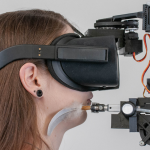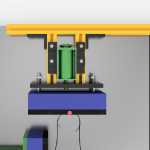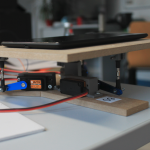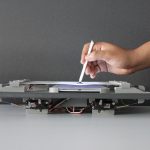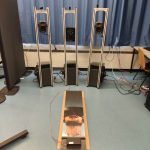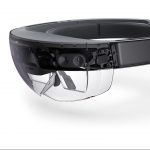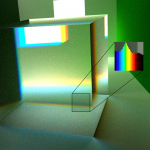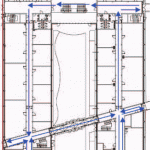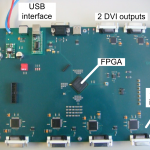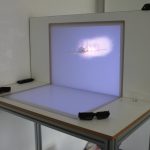Recently, I have completed my PhD at Brunel University London (2021) and am currently doing post-doctoral research at the Department of Computer Science at Bonn-Rhein-Sieg University of Applied Sciences and the Institute for Visual Computing, Sankt Augustin. I received the diploma in mathematics from the University of Applied Sciences in Stuttgart, in 2006 and the M.Sc. in computer science from BRSU, in 2009. My research interests include virtual and augmented reality, multisensory interaction, human-computer and robot interaction, haptic user interfaces and applications for machine learning.
More information about my current research can be found: Figments.NRW – Immersive worlds for higher education
More details can also be found on my personal university website Jens Maiero
In September, I will chair the poster and demo session at ICAT-EGVE 2021, an international VR/AR/MR conference (https://icat-egve-2021.org/index.php/committees/).
In December 2022 I reviewed for IEEE VR 2023 and in March 2023 I reviewed for IEEE ICALT 2023 also papers.
Since February 2023 our new paper is published https://www.medienpaed.com/article/view/1569
In March 2023 I will present the results of our online survey regarding VR Reality in higher education at the ICIET (http://www.iciet.org/) in Japan.

